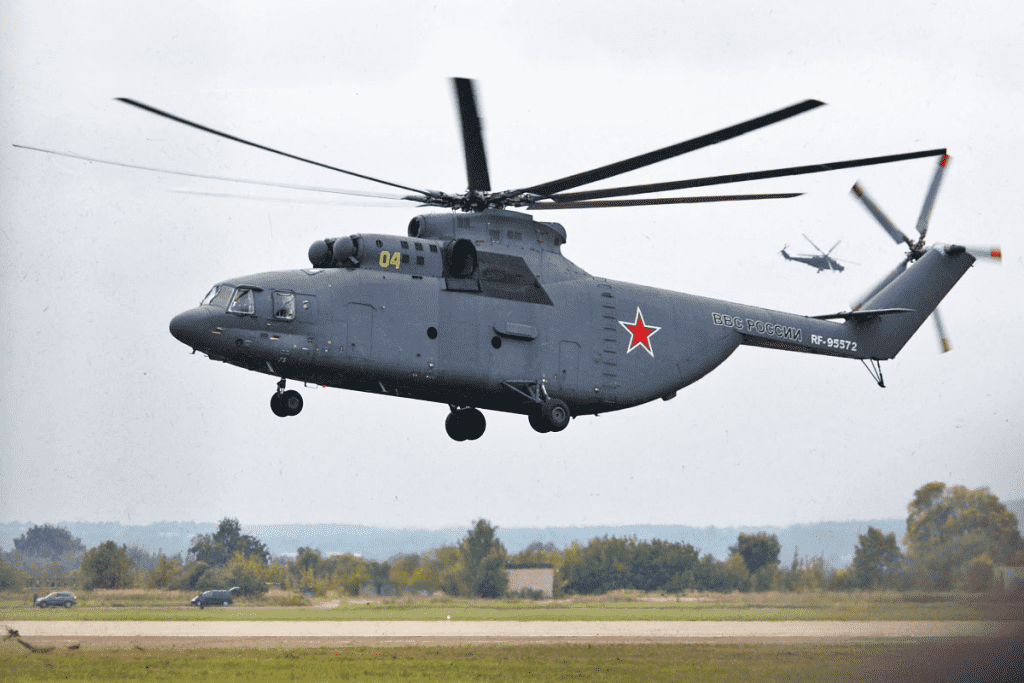The Mi-26 transport helicopter, whose engines are made in Ukraine, is the largest one ever recorded. The use of these helicopters in Russian military operations is very prevalent. However, the reserves of spare parts and replacement engines in Russia are rapidly diminishing.
D-136 engines are produced by a company in Ukraine called Motor Sich. However, due to the recent arrest of its CEO, Vyacheslav Boguslaev, who orchestrated illegal equipment supplies to Russia, this supply line has been totally closed off.

On the other hand, the Russian Federation started working on its own replacement engine in 2016. In 2025, the new model will begin manufacturing. The finished working prototype has not yet been developed, though.
Russia produces engines for numerous other helicopter models. The Russian Mi-26 transport helicopter, however, is a different business. A single Mi-26 can weigh up to 56 tons when fully loaded, including cargo that weighs up to 20 tons or more. It has two D-136 engines and is more than 33 meters long. Each engine has a horsepower of over 11,000.

Russia consequently agreed to start using the Il-112V in place of the Mi-26. The initial prototype for this project debuted in 2018 after beginning in 1994. However, it experienced a severe motor fire in August 2021. Since that time, no new Il-112Vs have been developed.
The former CEO of Motor Sich frequently provided D-136 engines during Russia’s invasion of Ukraine. According to reports, Russia is still making Mi-26 helicopters, including modernized versions like the Mi-26T2 and Mi-26T2W. Both designs have succeeded in official state tests.

The development of a new engine to replace the Ukrainian D-136 was announced in 2016. It is anticipated to produce 14,500 horsepower while using 18 percent less fuel and is based on the PD-14 jet engine fit in the Russian Irkut MC-21.
The absence of the replacement engine’s serial model is the only immediate issue, though. It was initially scheduled to begin production in 2019, but that date has been postponed until 2025.


